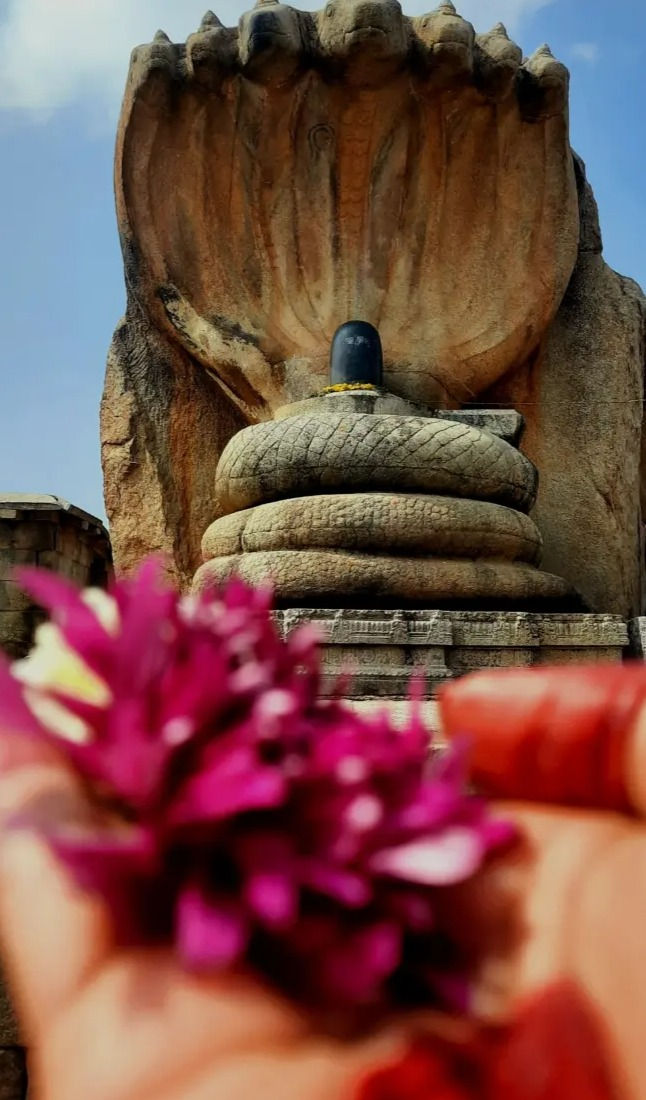What is common between meditation and dance?
- Yagyaa Srivastava
- Feb 9, 2024
- 2 min read

The states of meditation and dance may seem contradictory on the surface. One is silence and rest and the other, active and dynamic. The Vedic literature, though, gives us a point of convergence of the two, in a manifested form, no less.
In the form of Lord Shiva.
Shiva has been depicted in deep meditation and silence. He is a Yogi, a Guru, he is Yogeshwar. On the other hand, Shiva is Nataraj – The Lord of Dance.
We look at two shlokas where Shiva is expressed in these two states.
A Shloka from Mandukya Upanishad states :
Shivam Shantam Advaitam
Chaturtham Manyante
Sa atma Sa vigyeya
That which is infinite silence and non-dual,
That which is known as the fourth state (or Turriya chetna – beyond the three states of waking, sleeping and dreaming)
That is Shiva, the Self, and that is to be Realized.
Here, Shiva is that pure consciousness which is the basis of all. The Self, experienced through deep meditation and transcendence. The infinite, never-changing Silence.
The first shloka of Abhinayadarpanam, a treatise for dance, invokes Lord Shiva with:
Aangikam bhuvanam yasya
Vachikam sarva vangamayam
Aaharyam chandra taara aadi tam namah
Saatvikam Shivam
Whose Ang (the manifested body) is the entire universe,
Whose Vak (speech) is the primordial sound,
Whose Aaharya (ornaments) is the moon, the stars and other celestial bodies
To that Saatvik (pure) Shiva we bow.
The shloka covers the four types of abhinaya (expressions) that make up the practice and the art of dance – Aangik, Vaachik, Aaharya and Saatvik, represented by the form of Shiva !
Lord Shiva forms this inextricable link between the spiritual practices of meditation and Indian classical dance.
Dance essentially arises out of silence. Conversely, silence manifests into form through dance. The point of singularity transforms into variety through the orderly and rhythmic process of dance.
This is how we see Shiva both in deep meditation and in passionate dance.
That who is the silent, nonduality underlying all creation is verily the creation himself.
That which is the silence, is also the dance.
Note : The image is of the Nagalinga (the Shivaling form of Lord Shiva protected by the serpent, Naga) at Lepakshi temple, Andhra Pradesh, India.




Comments